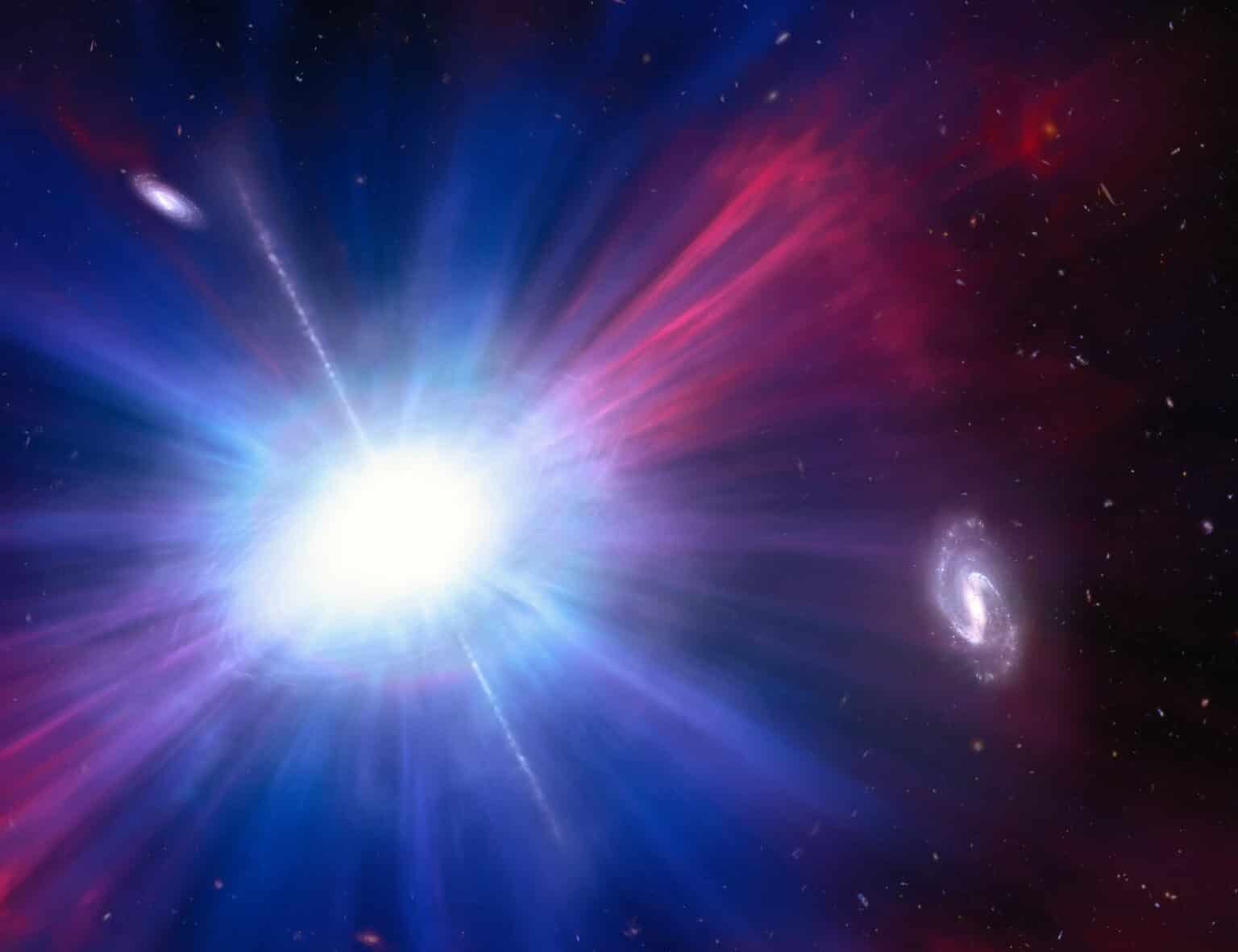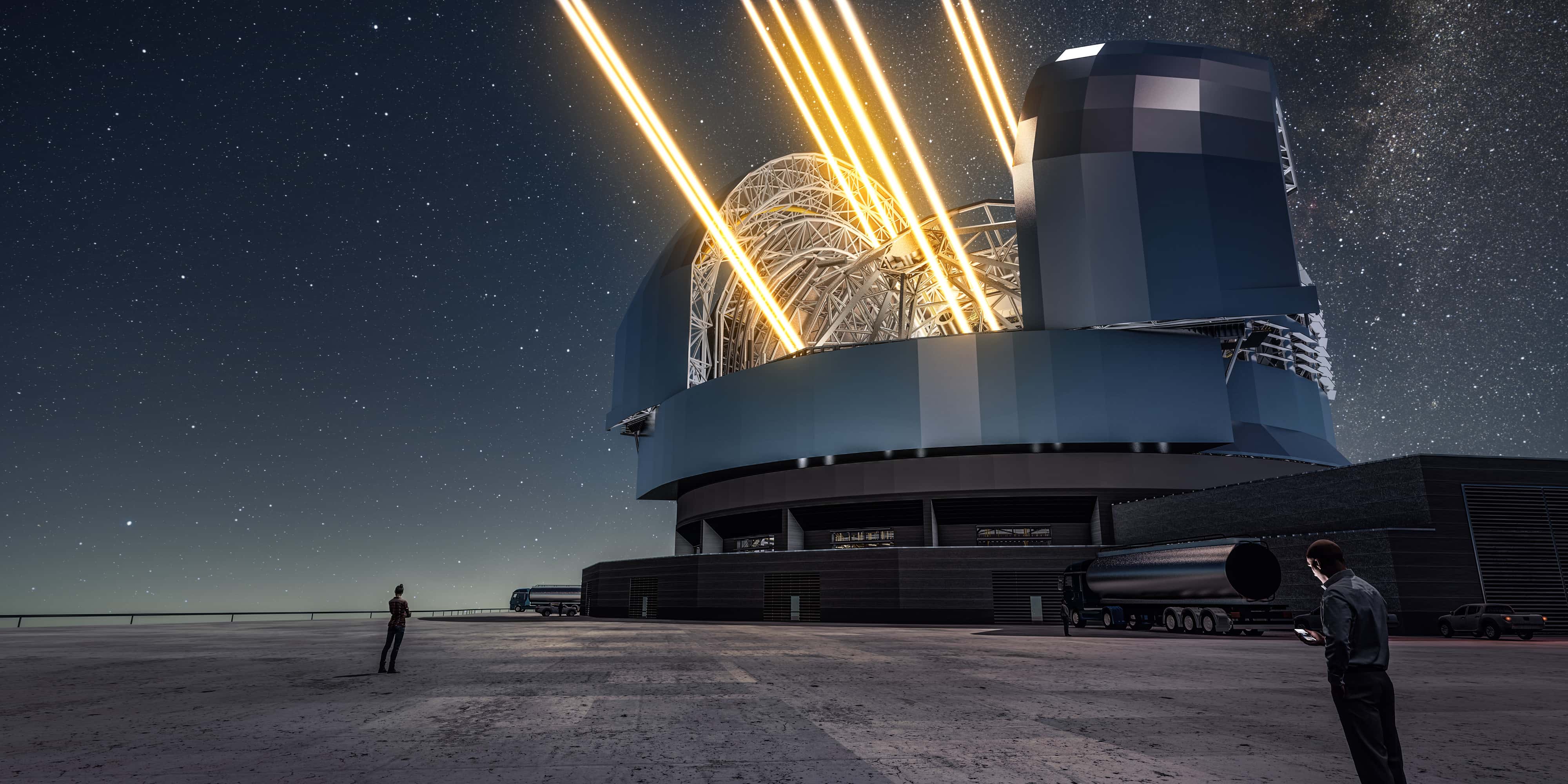
We already had a cow, a koala, a camel, and a Tasmanian devil. Now, a finch is joining us – and it comes from outside our galaxy. A team of astronomers led by Dutch researchers has discovered a blue flash that is not inside a star-forming region as usual but even outside a galaxy. They christened the phenomenon “the Finch”, in line with previous blue flashes such as the Cow, the Koala, the Camel, and the Tasmanian Devil. They will soon publish their findings in MNRAS Letters. A preprint is already available.
The website of SRON (Netherlands Institute for Space Research) announced the discovery.
In 2018, astronomers witnessed an intense explosion 10 to 100 times brighter than the average supernova. This explosion was dubbed AT2018cow, nicknamed “the cow.” It was the first example of Luminous Fast Blue Optical Transients (LFBOTs). So far, only a handful of these curious events have been recorded. Each was nicknamed an animal, inspired by the last letters of their astronomical designation.
The bright fast blue flashes can only be seen for a few days. This is in contrast to supernovas, which last for weeks or months. It is unclear what causes these flashes, and the latest blue flash only raises more questions. Because unlike previous ones, the Finch is not inside a galaxy but outside it. The Finch is located between a spiral galaxy and a satellite galaxy.
Rare type of supernova
Until now, the blue flashes were thought to be a rare type of supernova. But supernovas arise from large stars that live for only a short time and have no time to detach from the galaxy in which they formed.
Because the flashes appear and disappear quickly, astronomers look for them with telescopes that continuously monitor large patches of sky. The Finch was discovered with the Zwicky Transient Facility, which maps the northern night sky every two days. Once the Finch was discovered, the researchers set a series of pre-planned observations in motion. They looked with the Gemini South telescope, the space telescope Hubble, the Chandra space telescope, and the Very Large Array, among others.
To explain the unusual location of the Finch, researchers think there may have been the explosion of an extremely fast-moving star. An alternative hypothesis is that it involves two neutron stars moving toward each other in increasingly tight spirals for billions of years and colliding.
Chile
In the future, astronomers hope to discover more blue flashes to elucidate the phenomenon. Among other things, their hopes are pinned on the Vera C. Rubin Observatory under construction in Chile. That telescope will scan the entire southern night sky every few nights.
AT2023fhn (the Finch): a Luminous Fast Blue Optical Transient at a large offset from its host galaxy. By: A.A. Chrimes, P.G. Jonker, et al. Accepted for publication in MNRAS Letters. [preprint]








